With its distinct sound and captivating melodies, bossa nova music ignited a sonic renaissance in the 1950s. It still enthralls many audiophiles today. However, how is bossa nova played? Which chord progressions are frequently used in bossa nova? We'll explain the background of bossa nova and provide some guitar chords below so you can start listening to this fusion music at home.
The distinctive genre known as bossa nova began as a combination of Brazilian and jazz music on Rio de Janeiro's beaches. In the late 1950s, this jazzy new genre concentrated on establishing a melodic ambiance with subtly syncopated rhythms and reassuring tunes.
The international song "The Girl From Ipanema" by Antônio Carlos Jobim, which also contains Antonio Carlos, is considered one of the greatest examples of Bossa Nova music. This composer mostly employed poetry-inspired lyrics, but he also invented the bossa nova sound. Jobim's music eventually spread far beyond the borders of Brazil once enough people became aware of it.
Actually, in the summer of 1964, "The Girl From Ipanema" sky-rocketed the charts and peaked at number five in the US. Even now, artists and music enthusiasts still treasure and remember these lovely tunes.
How do you compose a bossa nova-like song? While it might be challenging to categorize this fusion genre, the majority of bossa nova tunes have the following characteristics:
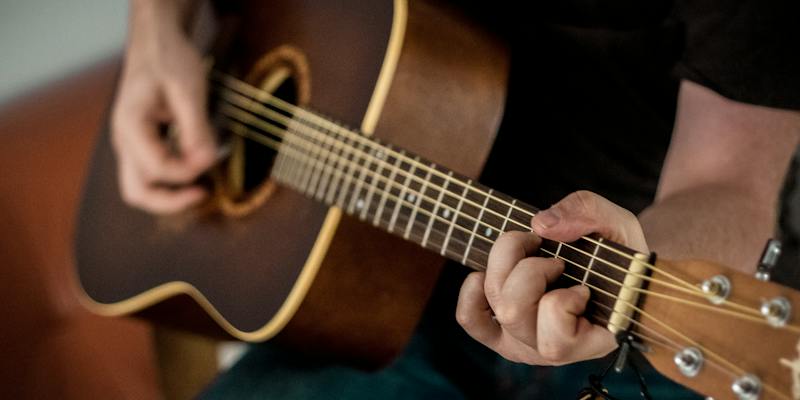
Any bossa nova groove must have this rhythmic pattern because it seamlessly combines a standard jazz progression with Brazilian syncopation. Songs from the bossa nova genre are melodic and rhythmic at the same time.
Simple bossa nova rhythms are often composed in chopped time, or 2/4; however, they can also be arranged in conventional time, or 4/4. This enables artists to play a song's notes in a distinctively syncopated way.
Simple bossa nova songs often feature fingerstyle guitar playing and have a gentler tone. This method was frequently employed to enable the guitarist to simultaneously strike all necessary notes and strum the bass string.
Jazz guitar playing, which stresses intricate melodies, scales, and improvisation, is a major influence on bossa nova music. You'll notice that bossa nova melodies often shift during a song, with different embellishments used to maintain interest.
Bossa nova piano chords are composed of two parts, according to João Gilberto: an upper structure recorded on each of the other strings and a bottom line done on the sixth (or occasionally the fifth) string of the guitar.
Gilberto used his right thumb to pluck the bottom notes on his nylon cord guitar while using his fingers to pluck or strum the other strings. This technique is known as fingerstyle playing. His fusion of samba rhythms with what many referred to as "jazz chords" left a lasting impression on bossa nova theoretical music.
The preceding strumming pattern, which blends four-tone seventh harmonies with the unique beat known as a bossa nova clave, may be found on a basic bossa nova guitar chart nowadays.
Bossa Nova isn't very difficult to understand. Most of the musician's effort is focused on perfecting the samba rhythm pattern, which is the essence of the genre.
The chord developments are rather straightforward, as seen below, but to keep your listener engaged, you should alternate between various bossa nova chords. The many bossa nova chord types that every musician must be familiar with are as follows:
Extended chords like seventh chords are frequently heard in bossa nova material. The seventh scale degree is added to these chords. Thus, a C key chord becomes Cmaj7 by changing from C D G to C E G B.
Suspended chords are frequently used in bossa nova guitar lines to go from a major to a minor key. A major 2nd or immaculate 4th of the corresponding scale is used in place of the major or low third in suspended chords.
Another popular elongated harmony in bossa nova opera is the minor 9th chord, which is a minor 7th chord combined with the eighth scale degree. Thus, Cmin7, C Eb, which becomes Cmin9 by changing to C Eb G Bb D.
As was mentioned, a single-chord sequence does not characterize bossa nova. Major examples of jazzier chord progressions, however, might serve as a fantastic basis for a bossa nova groove.
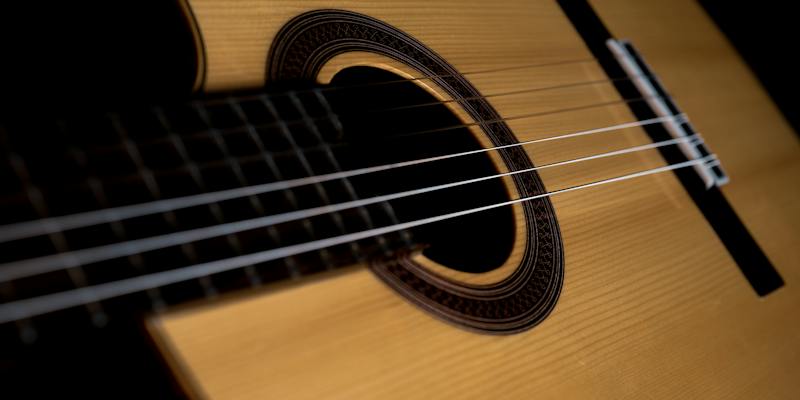
Known as the 251, this jazz chord structure is a mainstay in bossa nova, along with other similar genres. The bossa nova jazz chord sequence is audible on the backing track included in C major.
This bossa nova chords sequence is most famously utilized in The Girl of Ipanema. With only two chords used, this progression makes use of several playing techniques, including prolonged chords and varying emphasis on the third and fifth scale degrees.
The standard jazz chord sequence is commonly known as the 2 5 1 or ii V I harmony progression. Many genres employ this sequence, including bossa nova, as the jazz arrangement is performed over syncopated beats and samba rhythms. Bossa nova music is a synthesis of several genres.
In essence, bossa nova, born on the beaches of Rio de Janeiro in the 1950s, is a fusion of Brazilian and jazz music characterized by melodic ambiance, syncopated rhythms, and soothing tunes. The harmonic patterns often involve seventh chords, suspended chords, and minor 9th chords. With popular chord progressions like V I and 251, bossa nova's versatility captivates music enthusiasts worldwide.
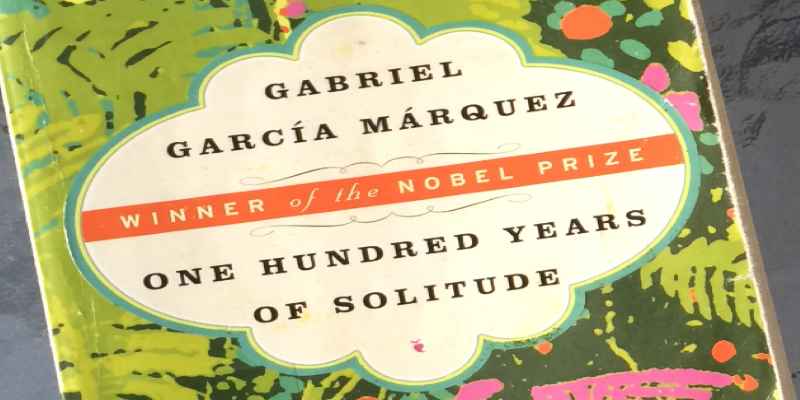
By Eleanor/Feb 23, 2024

By Peter Evans/Feb 17, 2024
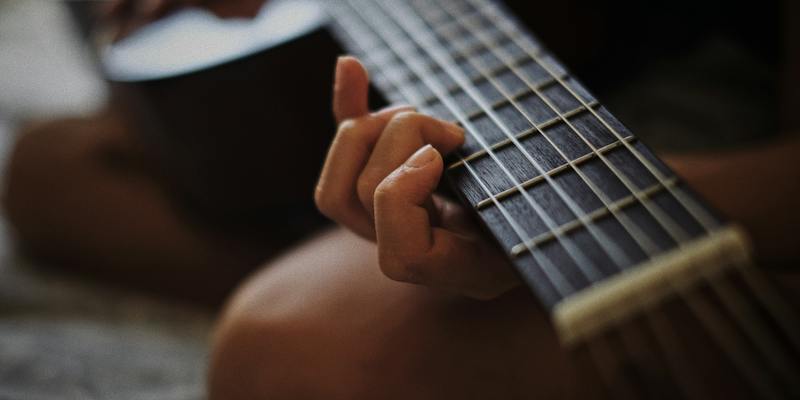
By Eleanor/May 12, 2024

By Lucy Lee/Feb 15, 2024

By Vicky Louisa/Mar 17, 2025

By Eleanor/Oct 29, 2024
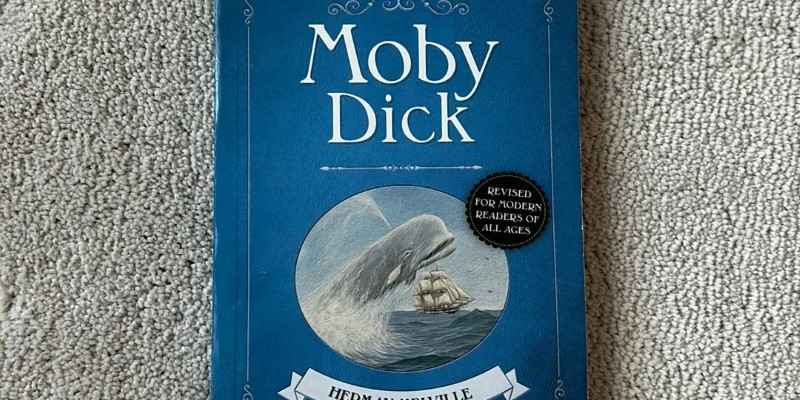
By Frederica/Mar 14, 2024

By Eleanor/Oct 29, 2024

By Susan Kelly/Apr 30, 2024
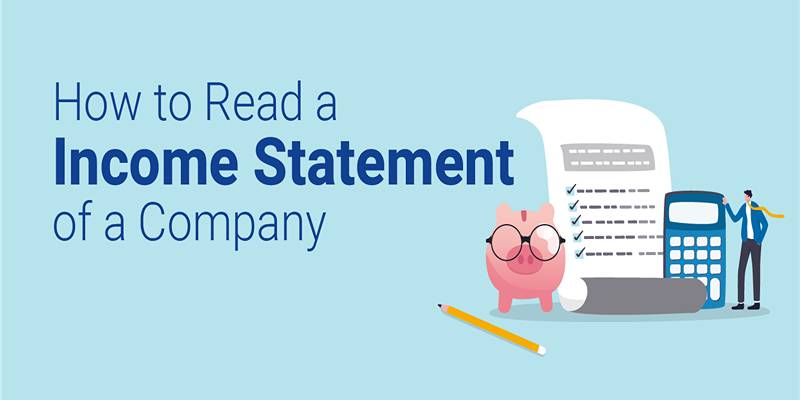
By Sid Leonard/Jun 17, 2025

By Frederica/Dec 02, 2024
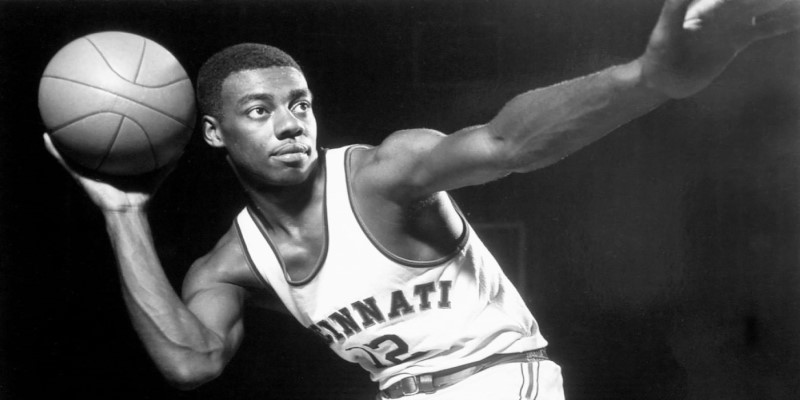
By Eleanor/May 13, 2024